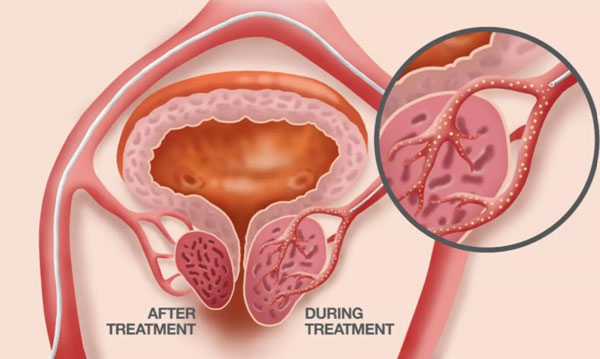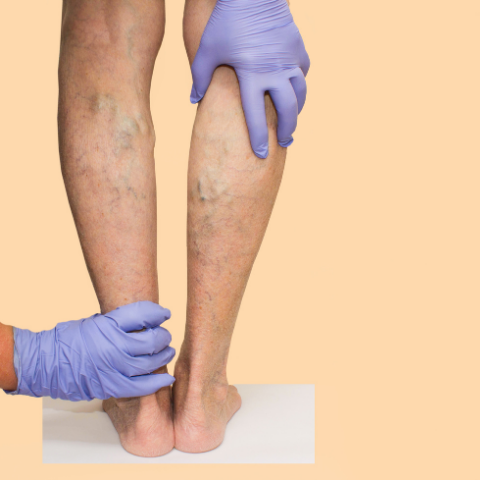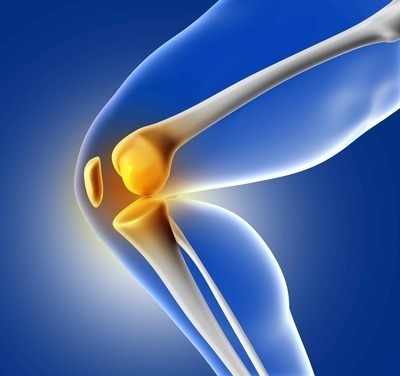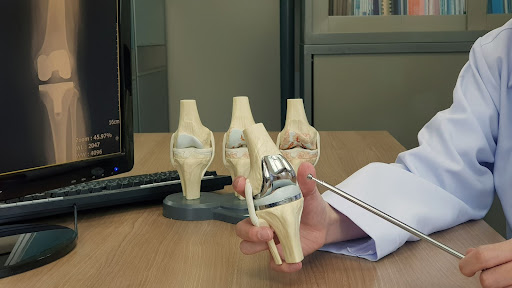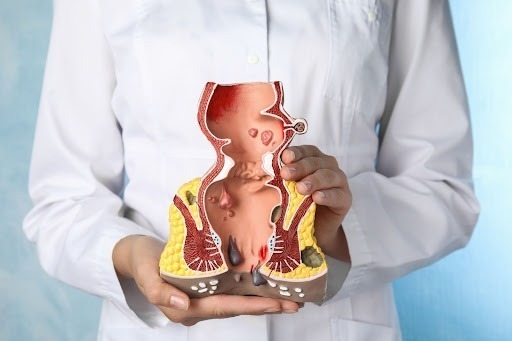General Surgeries
Understanding Lipomas on the Arms: Causes, Symptoms, and Treatment

by admin
25th October 2023
9 minutes read
Introduction
Lipomas, those soft, benign lumps beneath the skin, can make an unexpected appearance on various parts of our bodies. Among these locations, arm lipomas are quite common and can be a source of curiosity. The emergence of lipomas on the arms does not generally pose a severe health threat; however, it may prompt cosmetic or functional apprehensions among patients. The vast majority of arm lipomas are asymptomatic, but depending on their size and location, they might cause discomfort, pain, or limitation in the range of motion.
What are lipomas?
Lipomas are benign tumors originating from fat cells, often appearing as soft, rounded lumps beneath the skin. They are usually movable upon touch, with a rubbery consistency. Lipomas can emerge anywhere on the body where fat cells are present, commonly manifesting on the arms, neck, thighs, and abdomen. They tend to grow slowly and are typically less than 2 inches in diameter, although they can grow larger over time. While the exact cause is unknown, there’s a hereditary predisposition in some individuals. Lipomas are generally harmless and often go unnoticed unless they become large or positioned in a way that interferes with movement or becomes a cosmetic concern. Diagnosis usually involves a physical examination, and possibly imaging studies like ultrasound or MRI for confirmation. Treatment, which might include surgical removal or liposuction, is only necessary if a lipoma is bothersome, painful, or growing rapidly.
Causes and Risk Factors of Lipomas
Several factors have been associated with an increased propensity for developing lipomas. Below are the most commonly identified causes and risk factors:
Genetic Predisposition:
- Individuals with a family history of lipomas are at a higher risk. Certain genetic conditions like Familial Multiple Lipomatosis (FML) are associated with a higher incidence of lipomas.
Age:
- Lipomas can occur at any age, but they are most common in individuals between the ages of 40 and 60.
Obesity:
- Although lipomas can develop in individuals of any weight, there’s some evidence to suggest that obesity may increase the risk of developing lipomas due to the higher amount of fatty tissue present.
Physical Trauma:
- Some cases of lipomas have been noted to develop following an injury, although the exact link between trauma and lipoma development is not well understood.
Chronic Conditions:
- Conditions like diabetes or liver disease may slightly elevate the risk of lipoma development.
Certain Syndromes:
- Lipomas are sometimes associated with other medical conditions or syndromes like Gardner’s syndrome or Madelung’s disease.
Dyslipidemia:
- Abnormal lipid levels in the body could potentially be linked to lipoma formation, although more research is needed to confirm this association.
Alcohol Consumption:
- Some studies suggest that chronic, heavy alcohol consumption could be a risk factor for lipoma development, possibly related to fatty liver disease or other metabolic disruptions caused by alcohol.
Understanding the causes and risk factors of lipomas may aid in better management and possibly prevention of this benign soft tissue condition.
What are the Symptoms of Lipomas?
Lipomas usually present with the following common signs and symptoms:
Palpable Mass:
- Lipomas typically manifest as soft, palpable masses under the skin. They are often easily movable under the skin when gently pressed.
Size Variation:
- The size of lipomas can vary widely. They may start small and grow over time, potentially reaching several centimeters in diameter.
Non-painful:
- Generally, lipomas are not painful. However, if they compress nearby nerves or have an abundance of blood vessels, they may cause discomfort or pain.
Skin Overlying Lipoma:
- The skin over a lipoma usually appears normal, but if the lipoma is close to the skin surface, it may cause a noticeable lump.
Slow Growth:
- Lipomas tend to grow slowly over time. They may remain the same size for years or grow slowly over a long period.
Location:
- When on the arms, lipomas may be noticed more when the arm is moved or flexed and may affect the range of motion if they grow large.
Number of Lipomas:
- Some individuals may develop multiple lipomas on their arms or other parts of the body.
Consistency:
- They are usually soft and doughy to touch, often described as feeling rubbery.
While lipomas are usually harmless, any new, changing, or unusual skin lumps should be evaluated by a healthcare professional to rule out other conditions and ensure an accurate diagnosis. If a lipoma becomes painful, inflamed, or increases in size, medical advice should be sought to evaluate the need for further investigation or intervention.
How are Lipomas on the Arms Diagnosed?
Diagnosing lipomas on the arms usually involves a multi-step process, often starting with a physical examination and possibly followed by imaging or tissue analysis if necessary. Here’s a typical diagnostic pathway:
Clinical Examination:
- Initially, a physical examination is conducted where the healthcare provider will palpate the lump to assess its size, texture, and mobility.
Medical History:
- A detailed medical history is taken to understand any associated symptoms, family history of lipomas or other relevant conditions.
Imaging:
- Ultrasound is often the first imaging modality used to visualize the lipoma, determining its size, depth, and other characteristics.
- In some cases, MRI or CT scans may be utilized for a more detailed analysis, especially if a deeper or larger lipoma is suspected.
Fine-Needle Aspiration (FNA):
- FNA may be performed where a small needle is used to extract cells from the lipoma for microscopic examination, confirming the benign nature of the lump.
Biopsy:
- A biopsy, where a small section or the entire lipoma is removed for histological examination, can provide a definitive diagnosis.
Observation:
- In clear-cut cases with typical features and without concerning symptoms, observation over time might be chosen to monitor any changes in the lipoma.
Referral:
- If needed, a referral to a lipoma Removal Surgeon in Bangalore or specialist may be made for further evaluation and management.
Based on the diagnosis the doctor would design a suitable treatment plan.
What is the Treatment for Lipoma on the Arms?
Treatment for lipomas on the arms is typically not necessary unless they are causing discomfort, interfering with movement, or are a cosmetic concern. Here are the common treatment options:
- Observation: Often, no treatment is required other than monitoring the lipoma for changes in size or consistency.
- Surgical Excision for lipoma: The most definitive treatment for lipomas is surgical removal, which involves a minor surgical procedure to excise the lipoma in its entirety.
- Liposuction: Liposuction can be used to remove the fatty tissue within a lipoma, especially useful for larger lipomas where minimal scarring is desired.
- Steroid Injections: Injecting steroids into the lipoma can help shrink it, but may not eliminate it completely.
- Minimal Excision Extraction: A less invasive surgical procedure where a small incision is made to remove the lipoma with less scarring.
The choice of treatment depends on the size and location of the lipoma, and the patient’s symptoms and preferences. It’s essential to consult with a healthcare provider to determine the most appropriate treatment approach.
Recovery and Aftercare
Recovery and aftercare following the removal or treatment of a lipoma on the arm are generally straightforward but crucial for minimizing complications and ensuring a smooth healing process.
- Wound Care: Keeping the incision site clean and dry is essential to prevent infection. Dressings should be changed as directed by the healthcare provider.
- Medication: Over-the-counter pain relievers or prescribed medications can help manage discomfort or pain. If antibiotics are prescribed, it’s important to complete the entire course.
- Activity Restrictions: Patients may be advised to limit heavy lifting or rigorous activities with the affected arm to allow the healing process to progress undisturbed.
- Follow-Up Appointments: Attending follow-up appointments ensures that the wound is healing properly and allows for early detection and management of any complications.
- Scar Care: Applying silicone sheets or gel, and protecting the area from the sun can help minimize scarring.
- Monitoring: Keep an eye on the treated area for signs of infection or recurrence, and report any concerns to the healthcare provider promptly.
- Physical Therapy: In cases where movement was affected, physical therapy may be recommended to restore full function.
Adhering to the healthcare provider’s instructions and maintaining a good line of communication throughout the recovery phase facilitates a successful healing process post-lipoma treatment.
Conclusion
Lipomas on the arms are benign fatty tumors that generally pose little to no health risk. Though often not requiring treatment, they may necessitate intervention if they cause discomfort, impede movement, or present a cosmetic concern. The diagnostic pathway typically commences with a physical examination and may progress to imaging or tissue analysis if needed. Treatment options range from simple observation to removal of lipoma or liposuction. Post-treatment recovery is straightforward with basic wound care, medication management, and possibly physical therapy. Being well-informed about the nature of lipomas, their diagnosis, treatment, and aftercare can significantly ease the concerns of individuals affected by this common benign condition.
FAQs
1. Can lipomas turn cancerous over time?
Lipomas are benign and do not typically become cancerous. However, a rare type of cancer called liposarcoma may resemble a lipoma but behaves very differently. It’s crucial to have any lump evaluated by a healthcare professional.
2. Are there any natural remedies for treating lipomas?
There are claims regarding natural remedies for treating lipomas; however, scientific evidence supporting such treatments is lacking. It’s always advisable to consult with a healthcare provider before attempting any self-treatment.
3. Do lipomas indicate an underlying metabolic disorder?
Lipomas are usually not associated with metabolic disorders, but they can be a part of rare syndromes. If you have multiple lipomas, it’s worth discussing with a healthcare provider to rule out any underlying conditions.
4. Do diet and nutrition play a role in the development of lipomas?
The role of diet and nutrition in the development of lipomas is not clearly established. Maintaining a balanced diet and healthy lifestyle is generally beneficial for overall health.
5. Do insurance companies cover the cost of lipoma removal?
Coverage for lipoma removal varies among insurance providers and typically depends on whether the procedure is deemed medically necessary versus cosmetic. It’s advisable to check with your insurance company for specifics regarding coverage.
CATEGORIES
- ACL Reconstruction
- Anal Fissures
- Anal Fistula
- Appendicitis
- ASK A DOCTOR
- Benign Prostatic Hyperplasia
- Breast Lump Excision
- Cataract
- Circumcision
- Conditions & Diseases
- Cosmetology
- Covid-19
- Cure
- Endocrinology
- ENGLISH VIDEOS
- Eye Care
- Gallstones
- General Surgeries
- Government Schemes
- Gynaecology
- Gynecomastia
- Health
- Health Insurance
- Hernia
- Hindi
- Hip Arthoscopy
- Hip Replacement
- Hip Replacement Surgery
- Hydrocele
- Kannada
- Kidney Stones
- Knee Arthroscopic
- Laparoscopic
- LASER
- Latest Treatments
- Lifestyle
- Liposuction
- Medfin Stories
- Medicine
- Nephrology
- Ophthalmology
- Orthopaedic
- Paraphimosis
- Patient Testimonials
- PCL Reconstruction
- Phimosis
- Piles (Hemorrhoids)
- Pilonidal Sinus
- Proctology
- Prostate Artery Embolization
- Rhinoplasty
- Second Opinion
- Total Knee Replacement
- Urology
- Uterine Artery Embolization
- Uterine Fibroids
- Varicocele
- Varicose Veins
- Vascular
- VIDEOS
